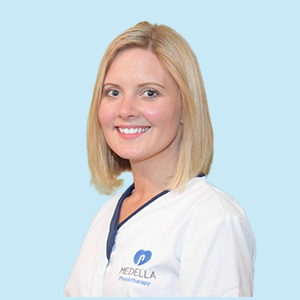October brings crisp air and beautiful autumn colours, but also cooler temperatures and shorter days. This makes it the perfect time to adapt your routines, focusing on simple indoor activities that keep you warm, mobile, and safe. This guide offers practical advice for embracing the season with confidence.
Key Takeaways
- October is an important month for preparing your body and home for winter.
- Focus on gentle indoor exercises to keep your joints mobile and warm.
- Adapt your home for safety as the daylight hours begin to decrease.
- Incorporate light, purposeful activity into your daily indoor routines.
In This Article
Adapting to Autumn: Why October Matters
As we move deeper into autumn, establishing a consistent and enjoyable activity routine becomes even more important. The change in weather can tempt us to become more sedentary, but regular movement is vital for both physical and mental well-being. Maintaining activity helps to keep joints supple, muscles strong, and can also provide a welcome boost to your mood as the days grow shorter. Think of October as a month for proactive preparation, building a foundation of strength and stability for the winter ahead.
A Physiotherapist’s View: Mobility and Stability in Cooler Weather
Cooler weather can sometimes make joints feel stiff. Gentle, regular movement is one of the best ways to manage this, as it improves circulation and lubricates the joints. It’s also a key time to focus on balance. With wet leaves on the ground, outdoor paths can become slippery, making stability crucial. A targeted falls prevention programme focuses on exercises that improve your balance and reaction times, giving you more confidence whether you are indoors or navigating the garden path. Even small, consistent efforts can make a big difference to your stability.
An Occupational Therapist’s View: A Safe and Engaging Home
From an occupational therapy perspective, your home environment should support your independence and safety. As the evenings draw in, good lighting is essential. Take a moment to check that hallways, stairs, and bathrooms are well-lit to prevent trips. This is also a great time to ensure pathways inside your home are clear of clutter. Staying active isn’t just about exercise; it’s about engaging in meaningful tasks. Activities like organising a bookshelf, preparing a simple meal, or folding laundry all involve gentle movement and help keep you engaged. An occupational therapist can help find ways to adapt your favourite hobbies so you can continue enjoying them safely indoors.
Recommended At-Home Exercises
Safety First: The following exercises are for general guidance only. They should be performed in a safe, clear space, and you should stop immediately if you feel any pain. It is always best to consult with a qualified physiotherapist before starting any new exercise programme.
1. Ankle Circles
While seated in a sturdy chair, lift one foot slightly off the floor. Slowly rotate your ankle clockwise 10 times, then anti-clockwise 10 times. Repeat with the other foot. This simple exercise is wonderful for improving circulation.
Reps & Sets: 10 circles each way, on each foot. Complete 2 sets.
2. Seated Knee Extensions
Sit upright in a chair with your feet flat on the floor. Slowly straighten one leg out in front of you, holding for a moment before gently lowering it back down. This helps to strengthen the muscles that support your knee joint.
Reps & Sets: 10–12 reps on each leg. Complete 2 sets.
3. Shoulder Rolls
Sitting or standing tall, gently lift your shoulders up towards your ears, then roll them backwards and down. Then, reverse the movement by rolling them forwards and down. This helps to release tension in the neck and shoulders.
Reps & Sets: 10 rolls backwards and 10 rolls forwards.
Enjoying a Healthy and Active October
October is a beautiful month, and by making a few simple adaptations, you can continue to enjoy an active and independent lifestyle. Focusing on gentle indoor exercises and creating a safe home environment will help you transition smoothly into the winter months with strength and confidence. Remember to be kind to yourself, start slowly, and find activities that you genuinely enjoy.
The information in this article is intended for general educational purposes only and is not a substitute for professional medical advice. Always seek the advice of your GP or another qualified health provider with any questions you may have regarding a medical condition. Do not disregard professional medical advice or delay in seeking it because of something you have read in this article.

